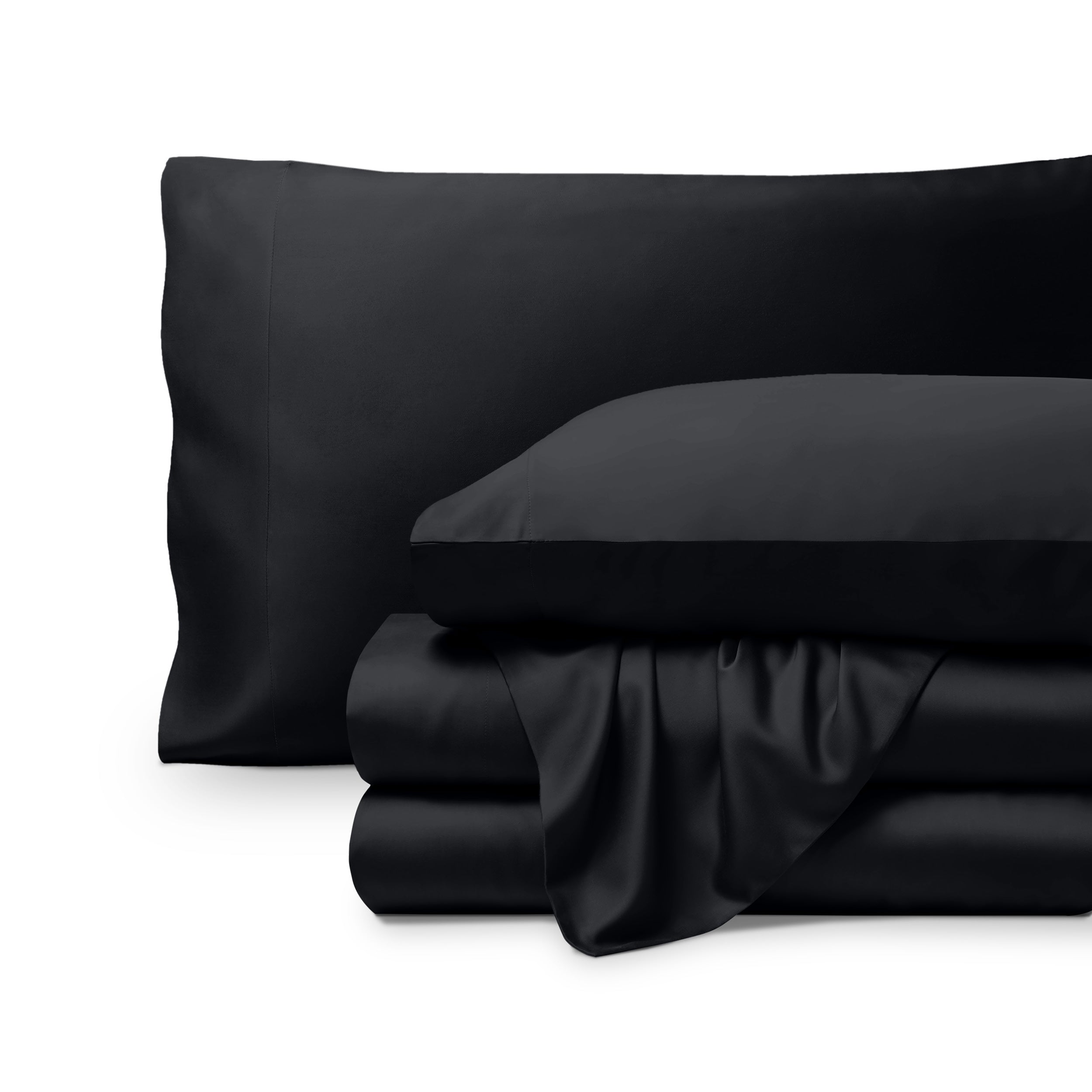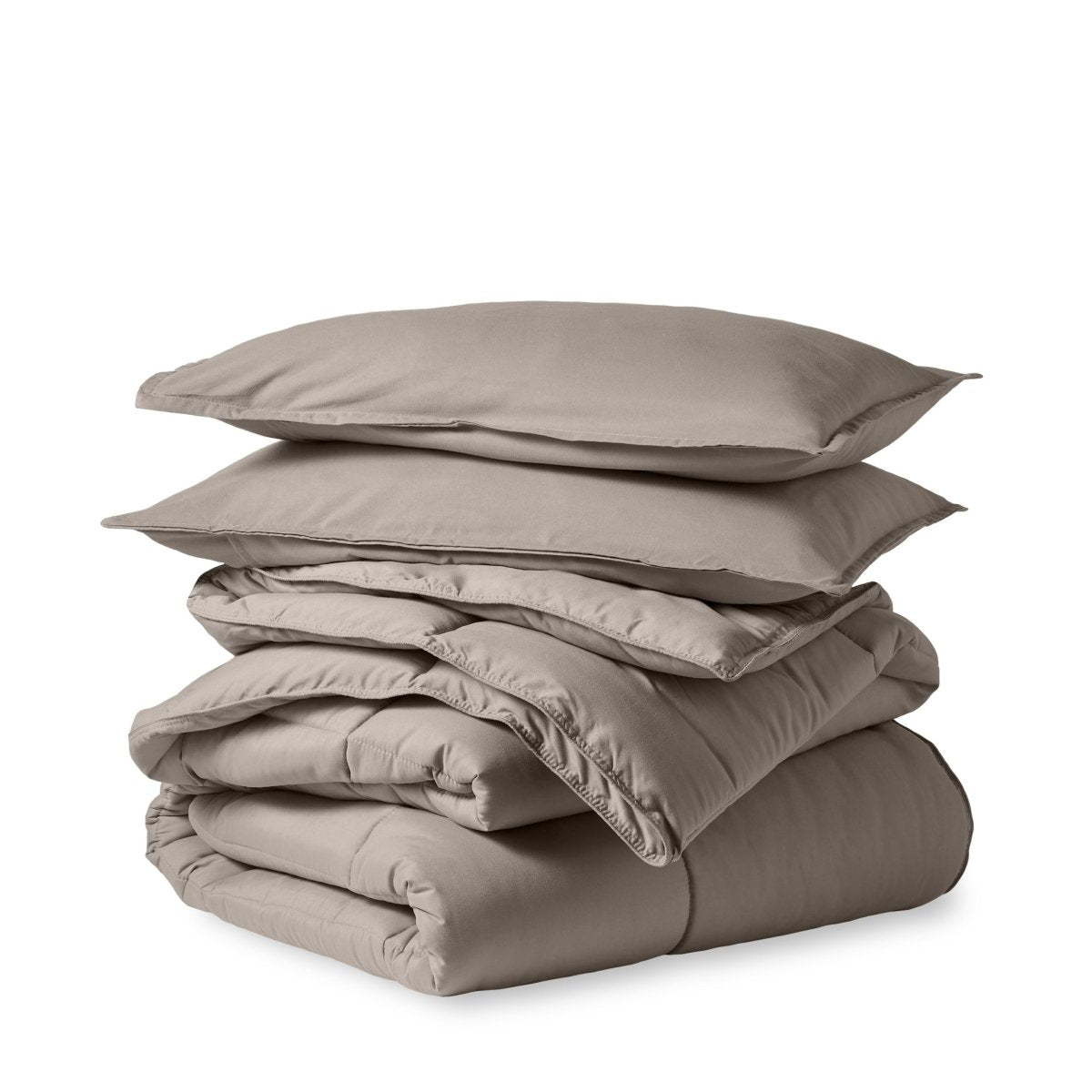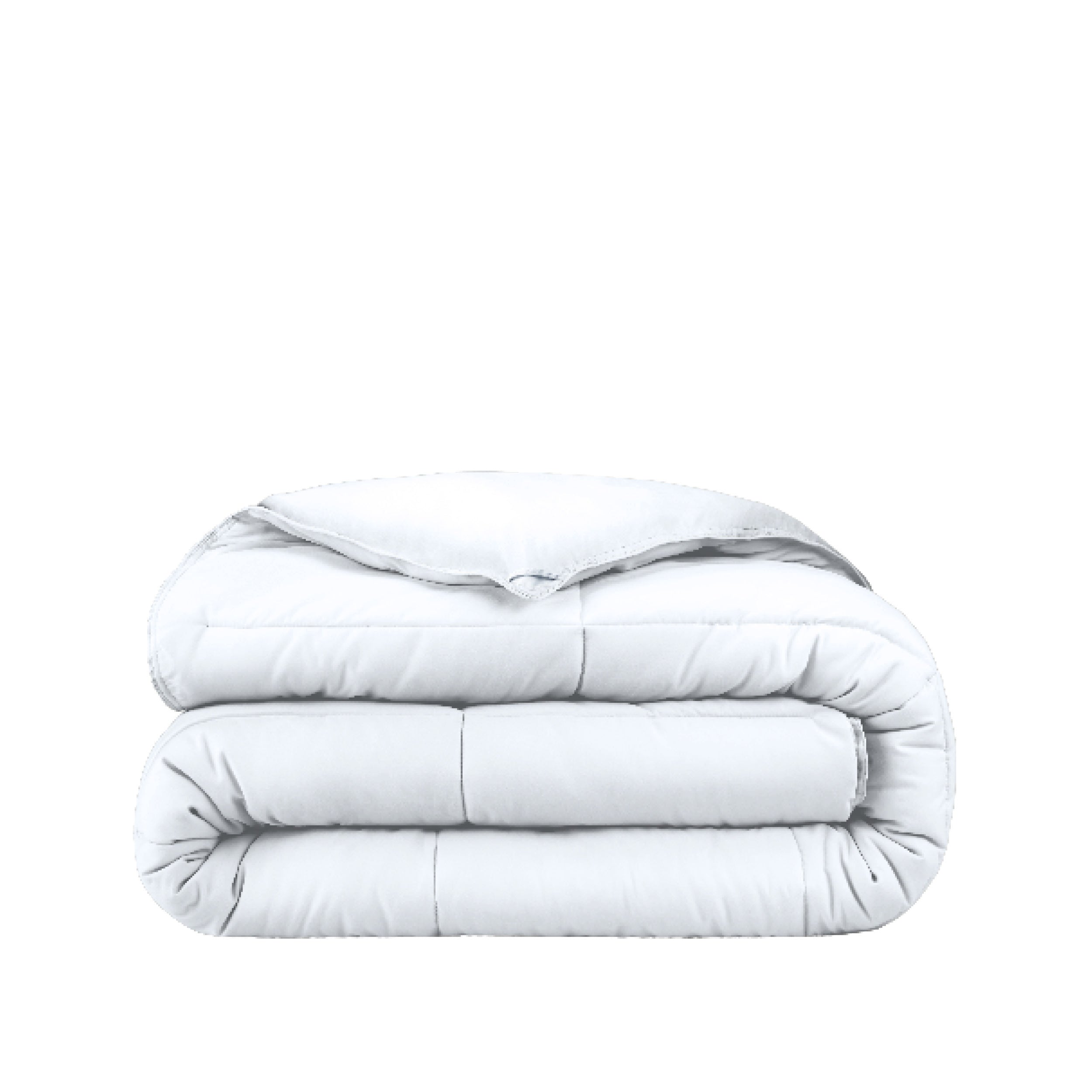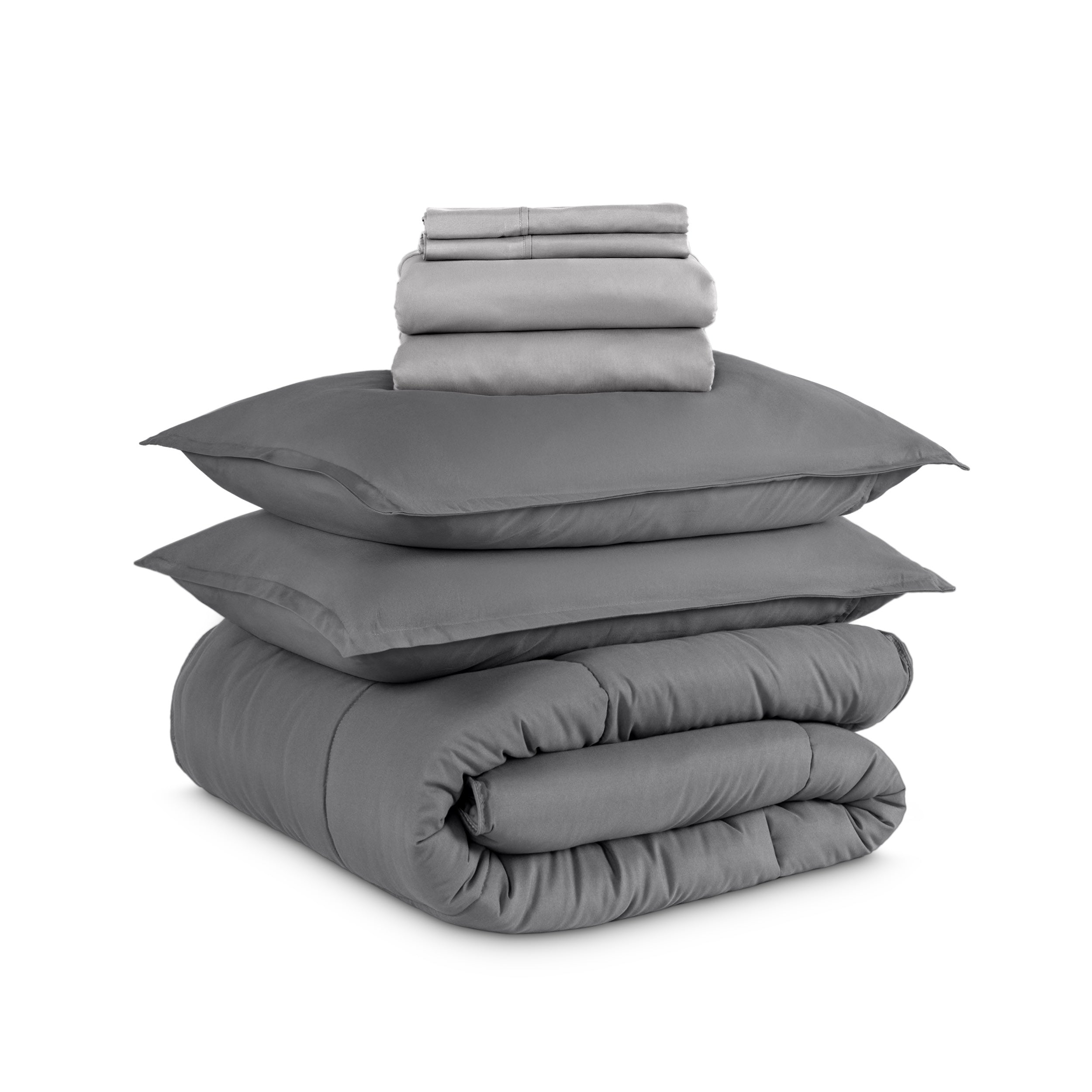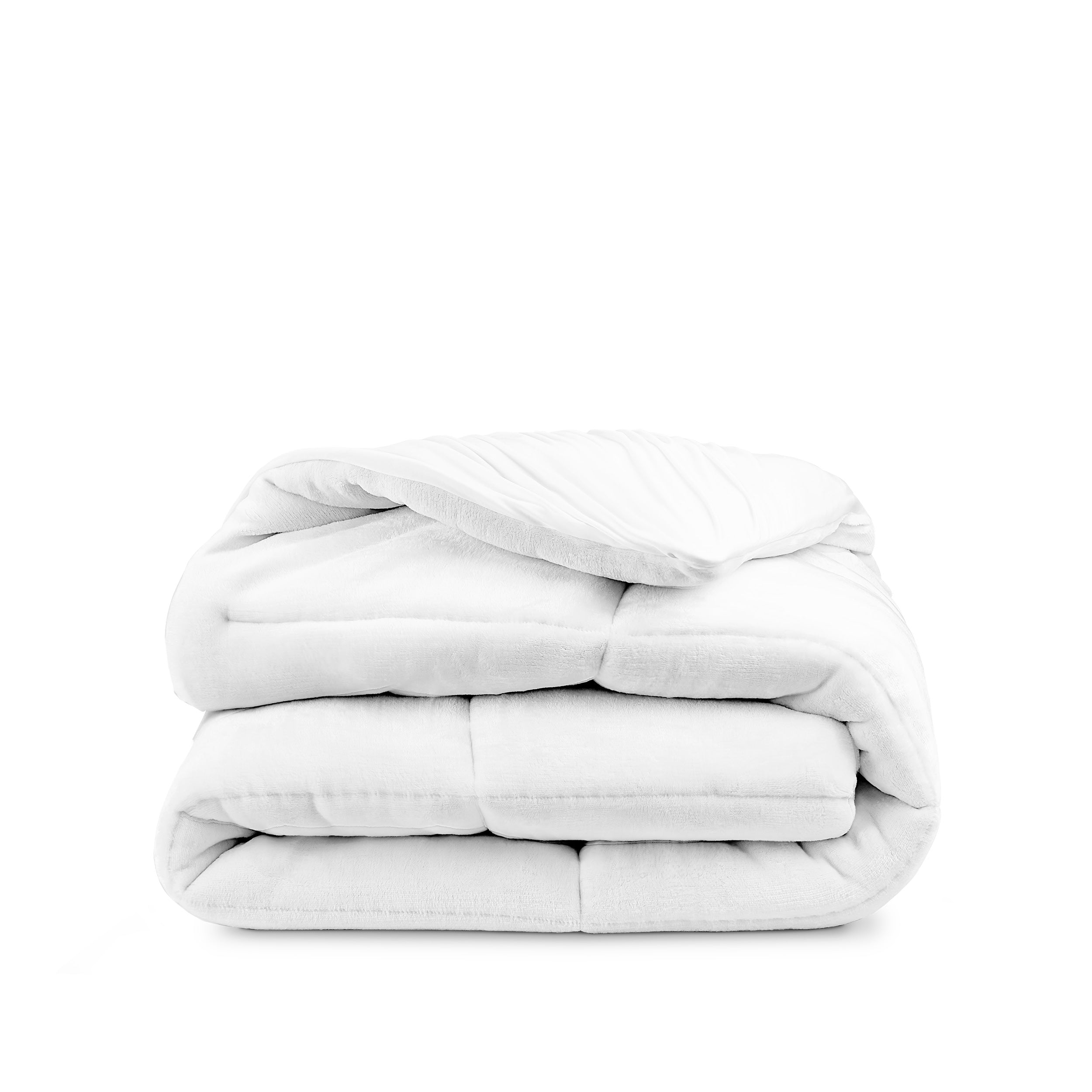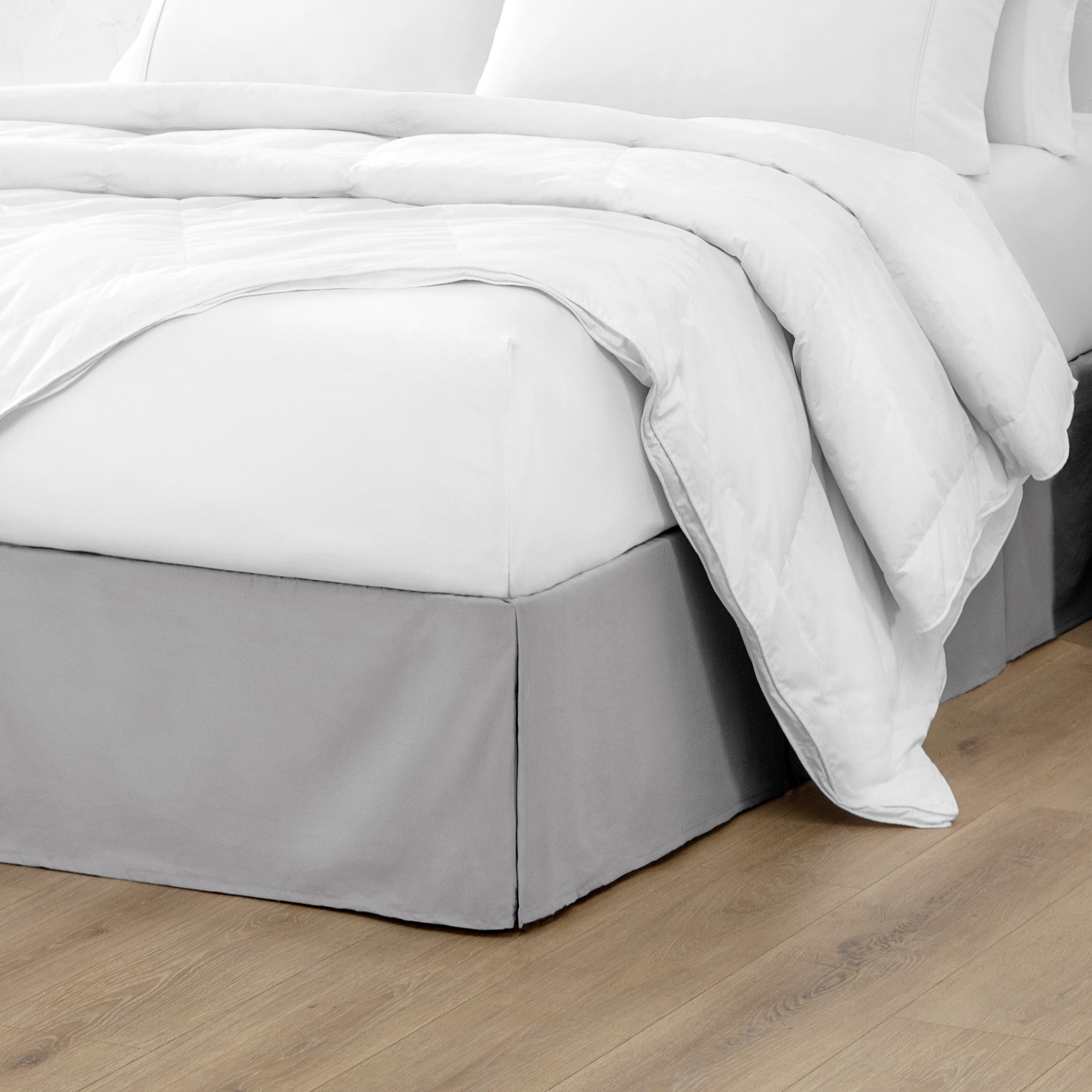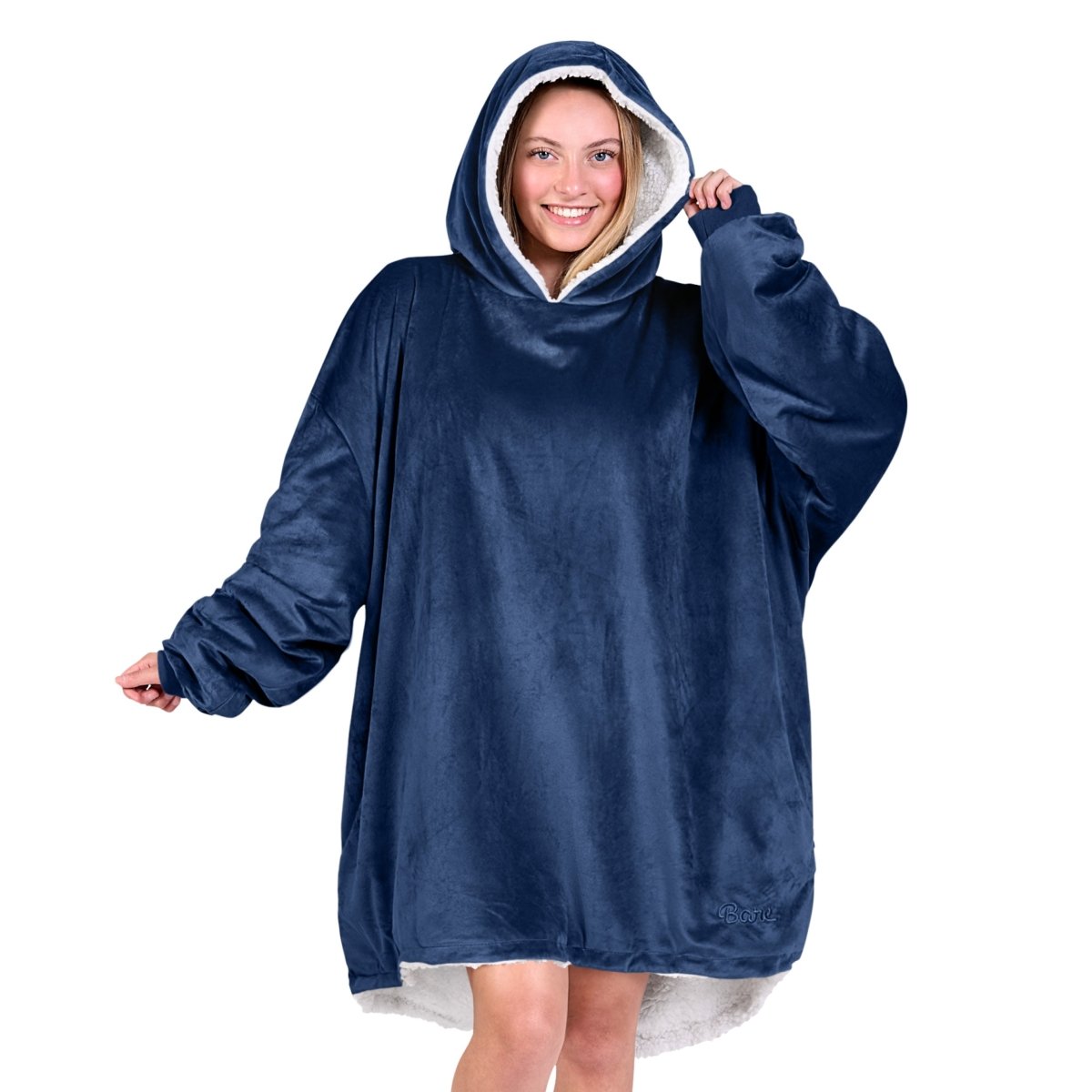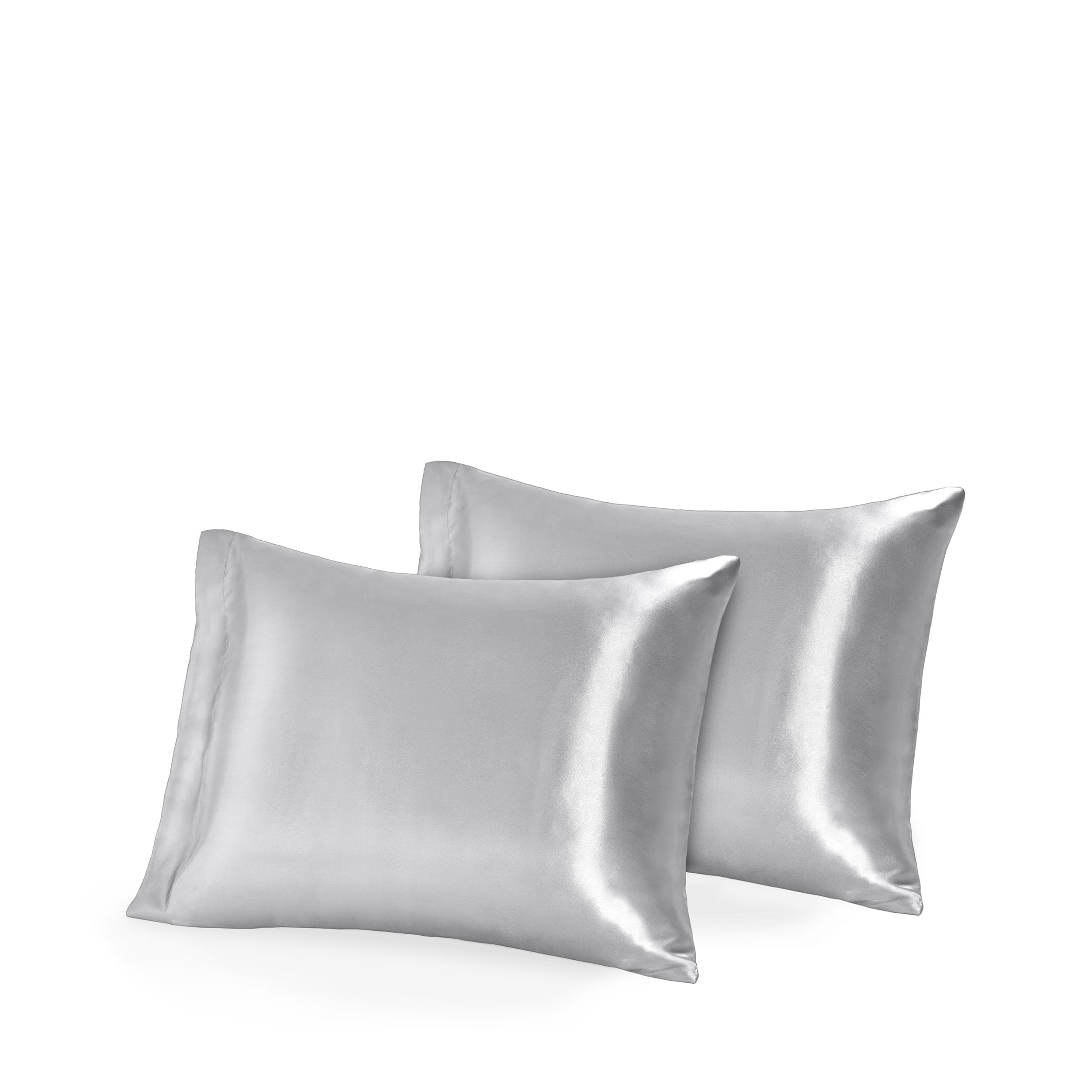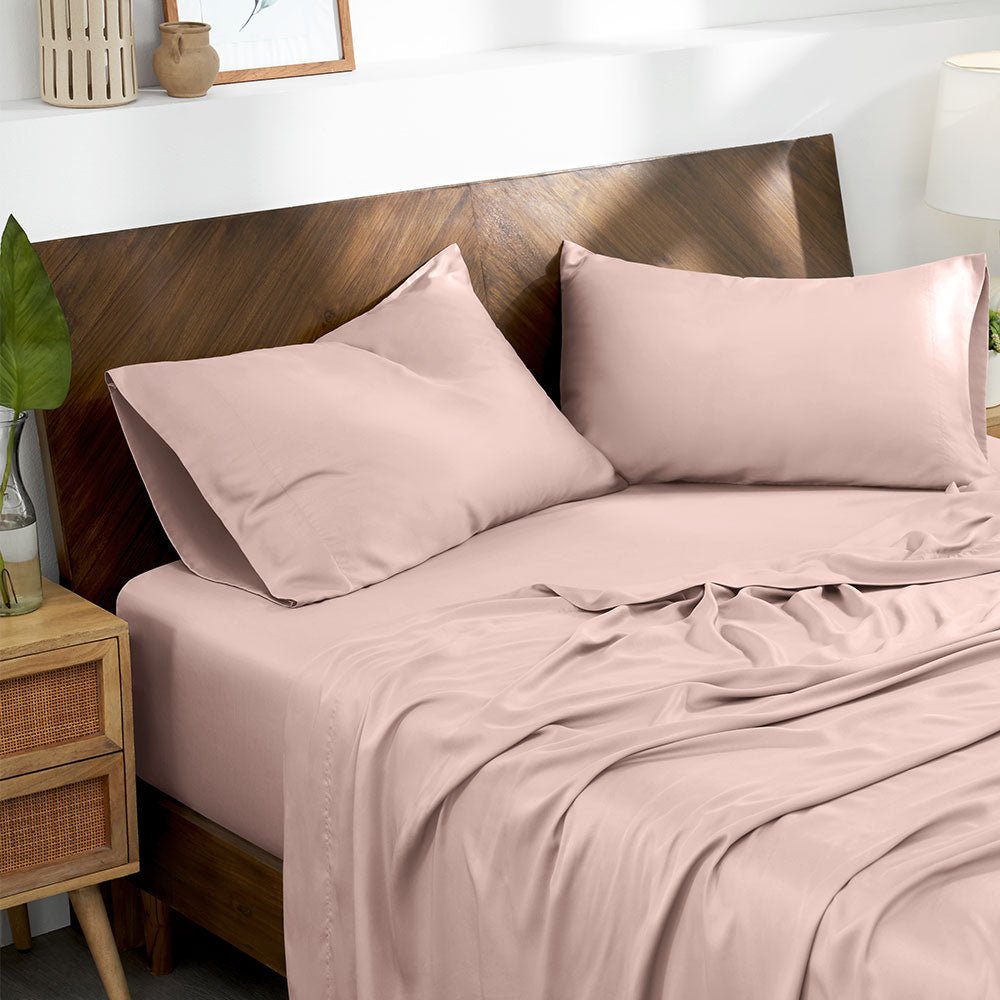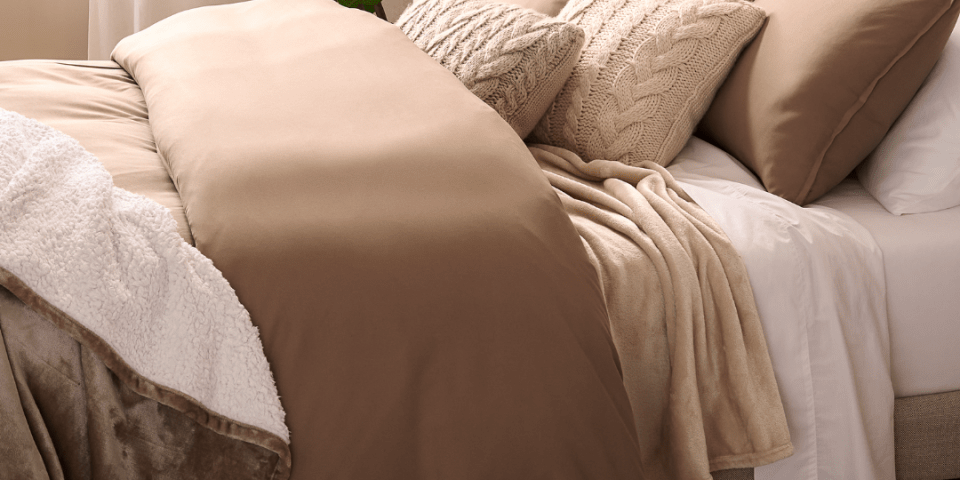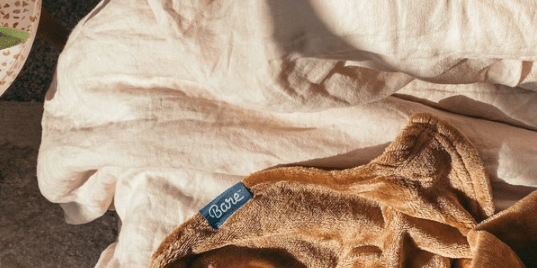In this segment, we answer some of our customers' most common questions, with advice from our team of fabric experts. If you have a question you would like to ask, please contact hello@barehome.com and we may feature it in an upcoming post.
Question:
Do your colors fade?
Answer:
That's a great question! While most fabrics fade over time, there are different chemical treatments and processes used to maximize colorfastness. Anything labeled "anti-fade" probably contains one or more of these chemicals. Since Bare Home is all about making the healthiest product possible, we do not allow the use of azoic dyes or chemical anti-fade treatments in our product. In short, while we design our products to meet stringent colorfastness standards, they are not "fade-proof". Read on to learn more about the fabric dying process and what makes a fabric colorfast.

Why Do Fabrics Fade?
Very few colorants are 100% permanent, and the bond attaching the color to the fiber will eventually degrade, causing it to become less vibrant. The rate of fading can depend on the fabric type, the dye used, how the fabric is used, and how it is cared for. For example, natural fibers like cotton or wool will usually fade faster than synthetic fibers like polyester or nylon. And fabrics that are used often or exposed to sunlight will fade more quickly than those that aren't.
There are several reasons why fabrics are susceptible to fading. One is simply that dyes tend to be less colorfast than pigments. That means that they are more likely to bleed or wash out over time. Additionally, some dyes are more susceptible to fading than others. For instance, red tends to be less stable than other colors and can fade relatively quickly. Finally, certain fabric treatments can also cause fading. For example, harsh detergents or over washing can strip color away from fabrics over time.
What Makes Textiles Colorfast?
Many factors contribute to the colorfastness of a textile dye. Let's take a look at a few of them here:
Type of Dye and Fiber
First of all, the physical properties of a specific fiber or dye play a large part in determining how well the two bond with each other. Natural fibers tend to lose color more quickly than their synthetic counterparts as they are more prone to the effects of water.
In addition, based on their chemical makeup and process, some dyes are more colorfast than others when paired with different fibers. For example, reactive dyes (which establish bonds with cellulosic fibers) are best for cotton and disperse dyes (which naturally attract to the polymers in synthetic fibers) are best for polyester.
The Dyeing Process
The type of dye, the pH of the dyebath, the temperature, the amount of time the fabric is left in the dyebath, and the rinse cycle can all affect colorfastness. When selecting a dye for a project, it is important to consider how colorfast the dye will be.
Some dyes are more colorfast than others, while some are only colorfast under certain conditions. For example, acid dyes are typically more colorfast than basic dyes, but they may require special ingredients in the dyebath to maintain their colorfastness.
Similarly, hot water dyes are usually more colorfast than cold water dyes, but they can often cause fabrics to shrink or bleed. By understanding how different factors can affect colorfastness, it is possible to choose a dye and set of conditions that will produce vibrant, long-lasting results.
Mordant or Fixatives
Mordants are used in dyeing to fix the dye on the fabric. Mordants can be either natural or synthetic, and they usually come in the form of a liquid, powder, or paste. They work by binding the dye molecules to the fibers, which helps fabrics retain their color.
The most common mordants are made from metals, such as aluminum, chromium, and iron. Mordants can also be made from plant materials, such as tannins or cloves. In general, synthetic mordants are considered to be more effective than natural mordants, but they may also be more toxic.
Post-Dye Treatment
Finally, the fourth factor is the post-treatment of the colored fabric. This can include washing, drying, and exposure to sunlight or other sources of heat. By understanding these four factors, it is possible to produce textile dyes that are more colorfast and resistant to fading.

How We Test for Colorfastness
At Bare Home, we quality inspect every shipment on-site to ensure that all product meets our stringent standards. The two tests we perform measure wash fastness and crocking.
Wash Fastness
Wash fastness is measured exactly how you would think--by running the product through complete wash and tumble dry cycles. The samples are then measured against a control to determine that color fading is within the acceptable level.
Crocking
But what, exactly, is "crocking"? If you've ever worn a colored sweater over a white shirt, only to find colored spots on the shirt by the end of the day, you've been a victim of what we call crocking. Our product must comply with wet and/or dry rub to ensure the color will not bleed onto adjacent surfaces.
Is Natural & Organic the Way to Go?
In recent years, there has been an increase in the use of natural and organic dyes. These are made from plant, animal, or mineral sources, and are considered to be more environmentally friendly than their synthetic counterparts.
There are several advantages to using natural and organic dyes. They are non-toxic and biodegradable and are often derived from renewable sources. However, they can be more expensive than synthetic dyes, and they may be less colorfast after washing or exposure to light. When choosing between natural and synthetic dyes, it is important to weigh the pros and cons to decide which is best for your project.

How to Prevent Fading
Anyone who has ever hung a shirt in the sun only to find it faded and discolored knows the frustration of fabric fading. Whether it's caused by sunlight or harsh chemicals, it can ruin your favorite clothes and home decor. While there's no way to completely prevent it, there are a few things you can do to slow it down. Storing fabrics in a cool, dark place can help, as can avoiding exposure to sunlight and harsh chemicals such as chlorine bleach. With proper care, you can keep your fabrics looking their best for longer.
Thanks for Your Questions!
We hope this has been helpful! It's always a pleasure to answer our customers' most pressing questions. Stay tuned for future editions of our Customer Mailbag.

